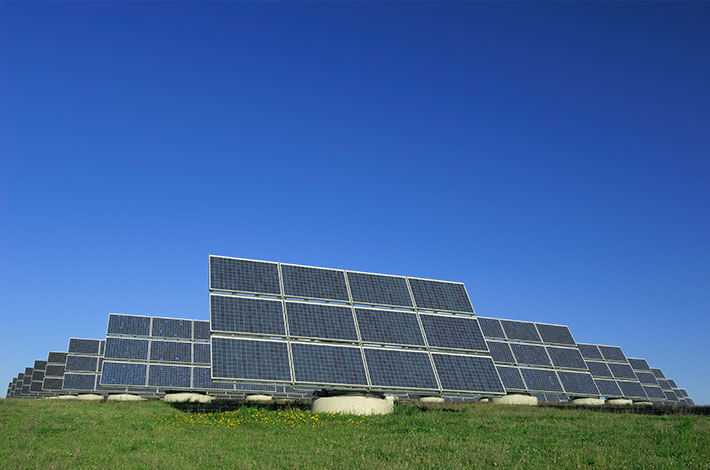According to a recent report, reducing global emissions will require a more profound and multidimensional approach from the energy sector. Their findings determined that participation from a broad swath of countries and industries are required worldwide, as swift transition to clean energy cannot happen in a linear fashion.
S&P Global Commodity Insights and the International Energy Forum partnered up in a series of roundtable discussions to gather various viewpoints from over 350 stakeholders worldwide. The Shaping A Living Roadmap For Energy Transition report summarizes the findings.
The key finding is that the transition to clean energy and net zero goals is complicated by geopolitical and energy security challenges.
The report states that climate targets coexist with energy access, security, and affordability priorities. So, while, a linear transition is unrealistic, approaching solutions from different angles can support a modernized roadmap to reducing global emissions.

Photo Courtesy International Energy Forum
Recent geopolitical instability, war, price spikes, and economic dislocation have put the global energy system under pressure. To help reverse this trend the report proposes, “A ‘multidimensional’ approach is required that is inclusive of different situations in different parts of the world, reflecting varied starting points, diversity of policy approaches; and one that is equitable.”
The high cost of energy transition has created a divide between wealthy countries of the Global North and developing countries of the Global South. Companies, financial players, and governments must address existing policy, technology, and financing gaps across various regions and countries.

Photo Courtesy spglobal
Another challenge is that new supply chains are required to complete the net-zero transition. Governments and organizations have been concerned about the mineral supply and processing capacity to meet those obligations. Further, higher interest rates around the world make financing more expensive.
Data shows that global primary energy consumption has increased exponentially in recent years. Over 50% of the current consumption still includes oil, coal, and gas. Other energy sources include biomass, nuclear, hydropower, wind, solar, biofuels, and other clean energies.
The increased consumption have led to carbon emissions moving in the wrong direction.

Photo Courtesy spglobal
Thankfully, investments in renewable power and storage has increased and will continue to grow in the coming years.
For the transition to move quickly, it must be acknowledged that the solution is multifold and needs to include various players from different countries and continents to succeed. One element is that it needs to be “just,” noted the report.
“The concept of a ‘just transition’ has different meanings in different parts of the world,” the report said. “In the United States, it refers to the environmental and employment needs of poor and minority communities in areas of energy production and ensuring that workers in fossil fuel industries and communities dependent on these industries have opportunities for alternative livelihoods.”

Photo Courtesy spglobal
A “just transition” in Europe means recognizing different levels of energy production and consumption in various countries. A “just transition” suggests improving economic development and reducing poverty in developing countries.
“A better understanding of the varying concepts of ‘justice’ in energy, therefore, requires a broad global perspective that encompasses energy industry workers, leveling up in advanced societies, and industrialization and access to energy in the Global South,” the report concluded.
The report provides a few recommendations to comprehensively address these considerations. One is to develop more holistic models that consider the socioeconomic impacts of energy policies. This includes multidimensional models that address security, affordability, and sustainability.
It also points out that governments must be more transparent with citizens regarding choices, costs and risks associated with transitioning to clean energy.
Also, holistic and pragmatic finance decisions that recognize the need for sustainable, orderly, and viable energy transitions are required. Different industries need to work together to tackle infrastructure and supply chain challenges.
A myriad of ESG measurement methodologies have limited investment. A greater harmonization in the green finance assessment metrics would help different business sectors to decarbonize better.
The report highlights several other opportunities to succeed in the transition to clean energy, emphasizing that greater collaboration among policymakers, financial firms, energy companies, and the public is paramount.
Through the passage of major energy-focused initiatives and investments – like the bipartisan Infrastructure Investment and Jobs Act – countries like the U.S. can continue to lead by example on the world stage.





